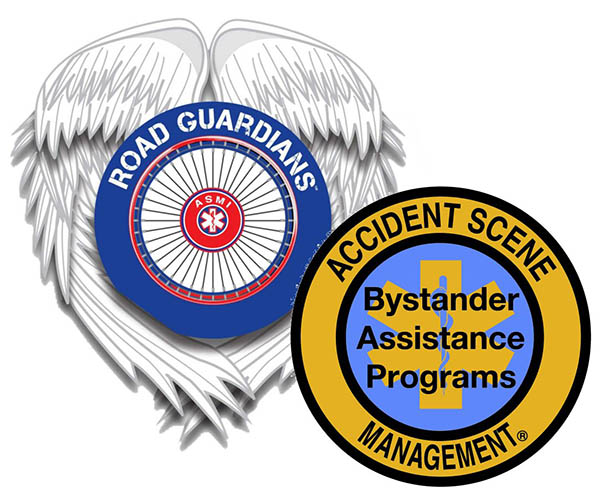Accident Scene Management / Road Guardians
Login |
(262) 706-3278
0
You have 0 items in your cart
California Code, Business and Professions Code – BPC § 2395
No licensee, who in good faith renders emergency care at the scene of an emergency, shall be liable for any civil damages as a result of any acts or omissions by such person in rendering the emergency care.
“The scene of an emergency” as used in this section shall include, but not be limited to, the emergency rooms of hospitals in the event of a medical disaster. “Medical disaster” means a duly proclaimed state of emergency or local emergency declared pursuant to the California Emergency Services Act (Chapter 7 (commencing with Section 8550) of Division 1 of Title 2 of the Government Code).
Acts or omissions exempted from liability pursuant to this section shall include those acts or omissions which occur after the declaration of a medical disaster and those which occurred prior to such declaration but after the commencement of such medical disaster. ?The immunity granted in this section shall not apply in the event of a willful act or omission.
No licensee, who in good faith renders emergency care at the scene of an emergency, shall be liable for any civil damages as a result of any acts or omissions by such person in rendering the emergency care. “The scene of an emergency” as used in this section shall include, but not be limited to, the emergency rooms of hospitals in the event of a medical disaster. “Medical disaster” means a duly proclaimed state of emergency or local emergency declared pursuant to the California Emergency Services Act (Chapter 7 (commencing with Section 8550) of Division 1 of Title 2 of the Government Code). Acts or omissions exempted from liability pursuant to this section shall include those acts or omissions which occur after the declaration of a medical disaster and those which occurred prior to such declaration but after the commencement of such medical disaster. ?The immunity granted in this section shall not apply in the event of a willful act or omission.
Automatic External Defibrillator:
Senate Bill 911 (1999)
Any individual who is trained to use an AED and who uses one in good faith in an emergency will not be liable for any civil damages.
A person who provides CPR and AED training to a person who renders emergency care is not liable for any civil damages.
A physician who is involved with the placement of an AED and any person or entity responsible for the site where an AED is located is not liable for any civil damages resulting from any acts or omissions of a person who renders emergency care in good faith.
The provisions of this bill do not apply in the case of personal injury or wrongful death that results from the gross negligence or willful misconduct of the person who renders emergency care or treatment by the use of an AED.
Assembly Bill 254 (2005) (Amended in 2006) AB 254 was only in effect until January 1, 2008. AB 2083 extended the provisions of this bill to January 1, 2013.
AEDs in public or private K-12 schools must:
Any person who renders emergency care or treatment to a person in cardiac arrest by using an AED must activate the emergency medical services system as soon as possible and report use of the AED to the local physician and EMS agency.
For every AED unit acquired up to five units, no less than one employee per AED unit shall complete a training course in cardiopulmonary resuscitation and AED use that complies with the regulations adopted by the Emergency Medical Service Authority, American Heart Association, and American Red Cross. After the first five AED units are acquired, for each additional five AED units acquired one employee shall be trained beginning with the first AED unit acquired.
There must be a written plan describing the procedures to be followed in the event of an emergency that may involve the use of an AED.
After AED placement in the school, the principal must ensure that school administrators and staff annually receive a brochure (approved by the American Heart Association and American Red Cross) that properly describes the use of an AED.
The principal must, at least annually, notify school employees as to the location of all AED units on the campus.
The principal must designate the trained employees who shall be available to respond to an emergency that may involve the use of an AED during normal operating hours.
